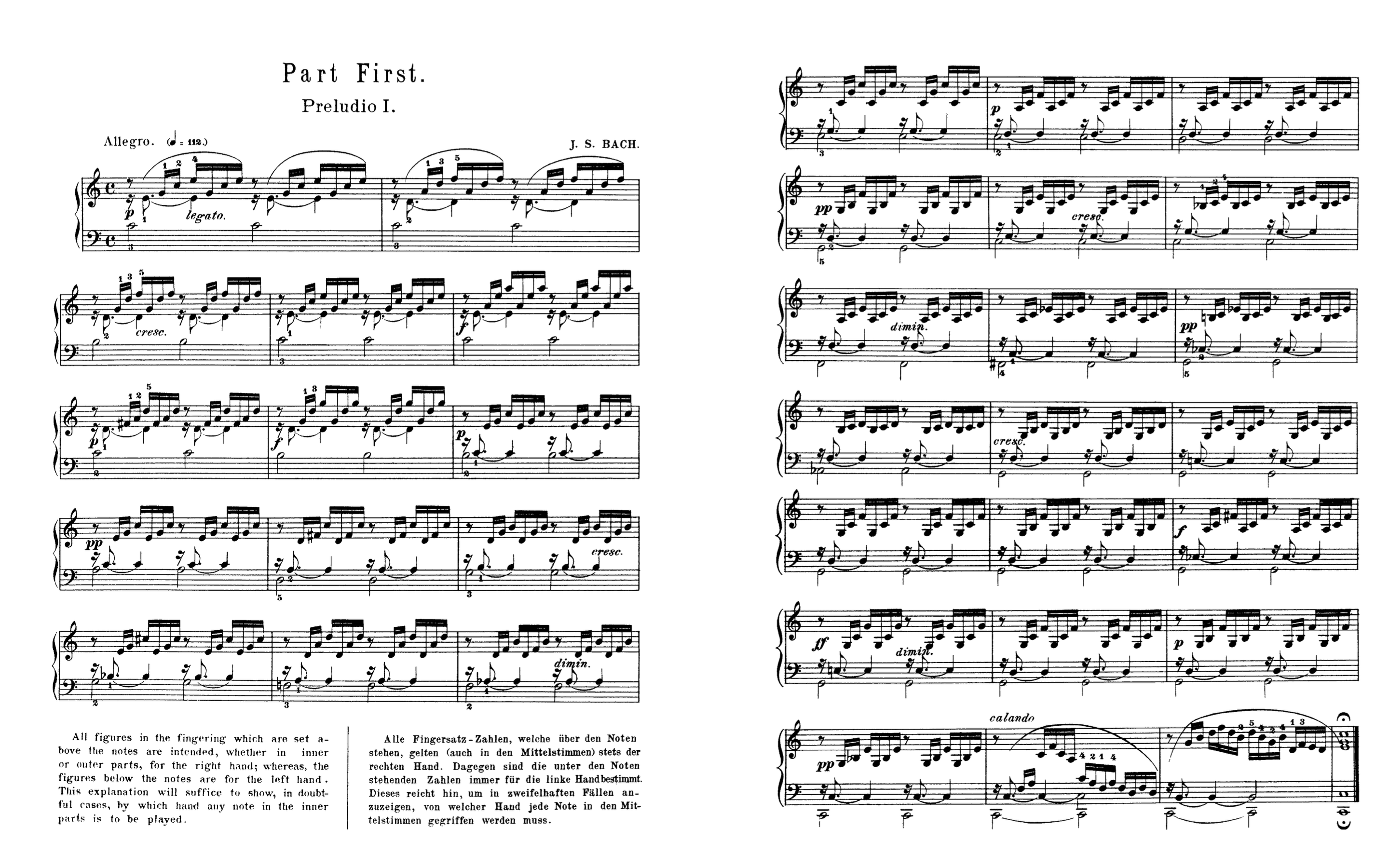Gallery
Johann Sparsity Bach
On January 7th, 2025, the Spanish TV channel laSexta aired my participation in the show ‘El Piano’, highlighting the life stories behind amateur pianists. I took the liberty of explaining that music had entered my life long before mathematics, and it was through J.S. Bach’s legacy that I developed an interest in science.
Source: laSexta.com.
- C.- … the same thing appears many times. In Artificial Intelligence, this is called sparsity…
- Mika.- What’s that?
- C.- … it’s a way that mathematicians have of making algorithms that work with Big Data.
- Pablo López.- Wow!
- Ruth Lorenzo.- What are you going to perform?
- C.- Prelude No. 1 from Book One of Bach’s Well-Tempered Clavier, which is one of his masterpieces.

I should note that I wasn’t the first to draw parallels between Bach’s music and statistical problems - that insight came from Einstein himself. He explored this connection in the context of causality. In 1931, responding to a question from Planck, Einstein wrote1:
We are like a juvenile learner at the piano, just relating one note to that which immediately precedes or follows. To an extent this may be very well when one is dealing with very simple and primitive compositions; but it will not do for the interpretation of a Bach Fugue. Quantum physics has presented us with very complex processes, and to meet them we must further enlarge and refine our concept of causality.
Einstein highlights that a fugue consists of multiple voices interacting in complex patterns—each note makes sense not only in relation to what comes before and after but also in connection with simultaneous events and larger structural patterns.
We cannot fully understand causality by focusing solely on local relationships (e.g., note-to-note transitions), as Renaissance counterpoint did; instead, we require a structural, longitudinal perspective. This is what J. Robins pioneered with g-methods and structural nested models, which account for the full temporal and skeletal dynamics of data.
However, there’s an intriguing twist: while Einstein used the fugue metaphor to advocate for deterministic causality in quantum mechanics (in opposition to the Copenhagen interpretation), modern causal inference focuses on identifying and estimating causal effects under uncertainty - something Einstein might have been uncomfortable with.
-
Planck, M. (1931), Where is Science Going? (Woodbridge, CT: Ox Bow Press). ↩
